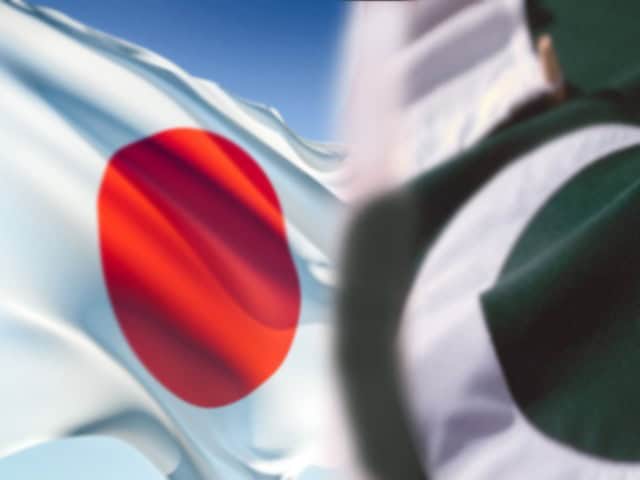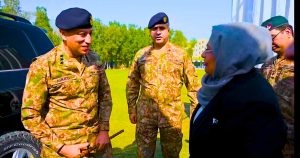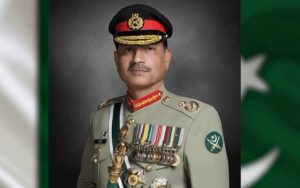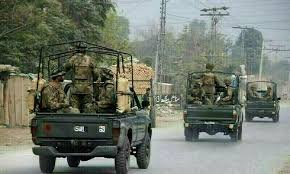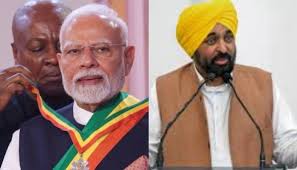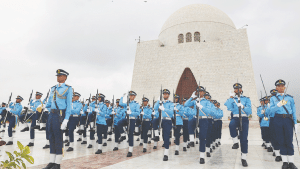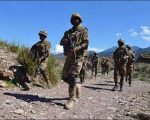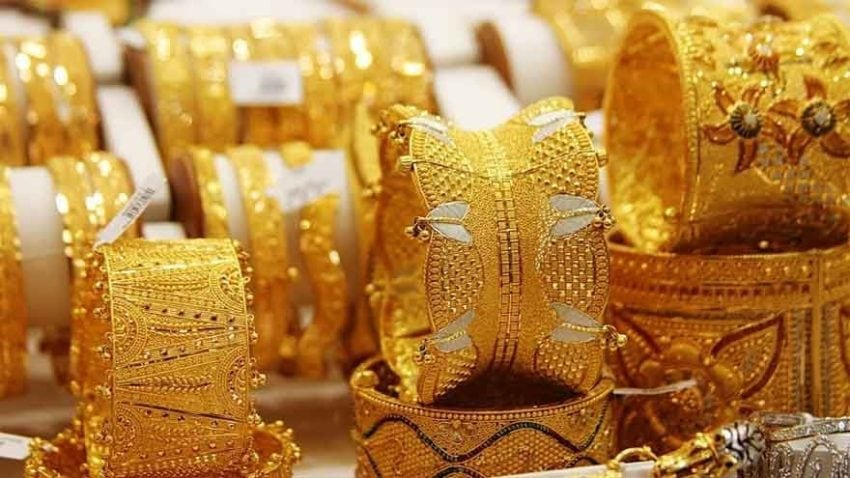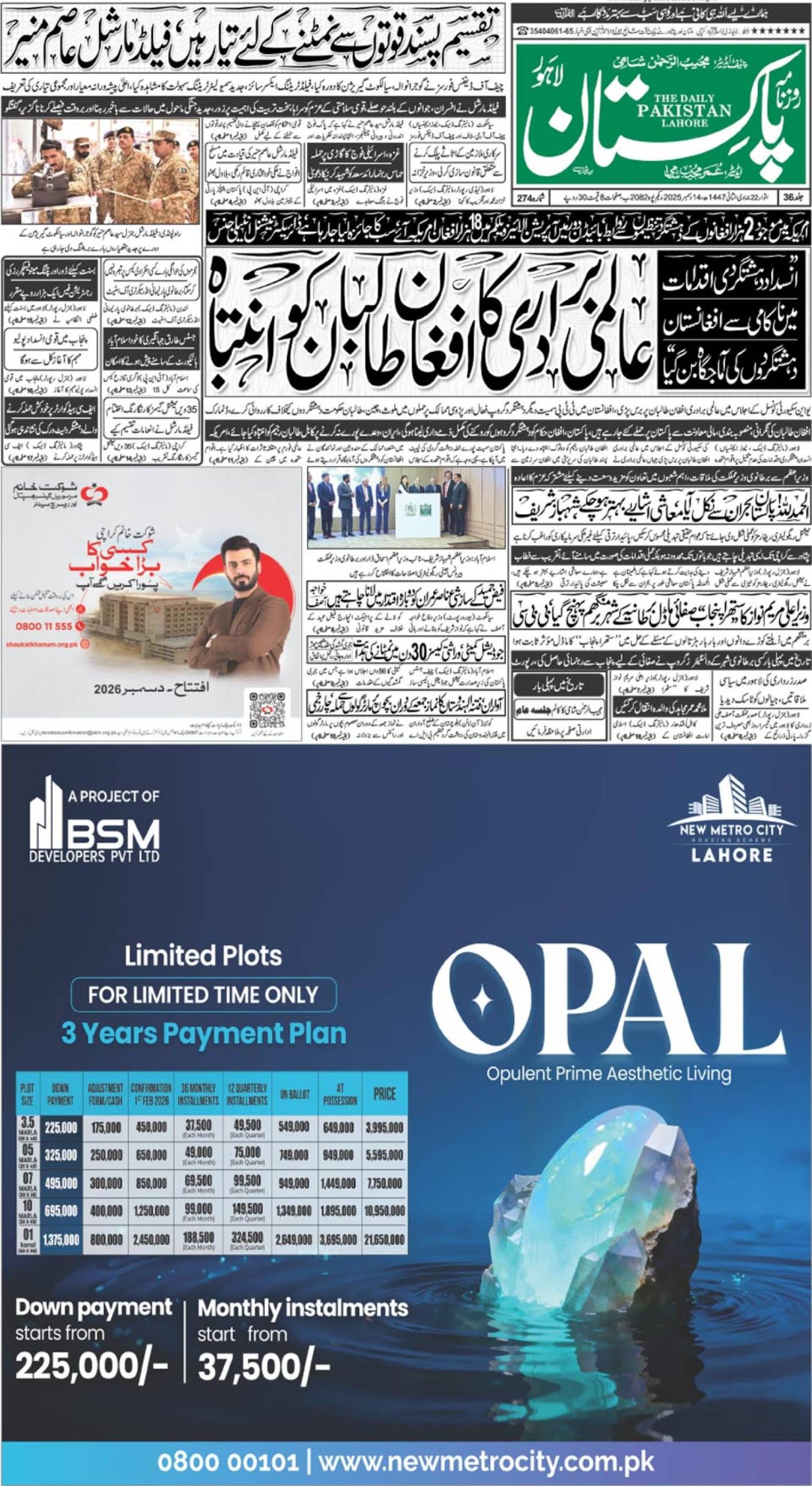The elections are over in Japan. The country’s parliament – Diet – is flooded with incumbent 312 members of Prime Minister Shinzo Abe’s Liberal Democratic Party-led coalition. Not only is the 63-year-old emerging as the longest serving post-WWII chief executive but he is also turning out to be the most hawkish one. Though the North Korean nuclear threat is the prime facie reason for his alliance’s win, Tokyo’s eyes are affixed at Beijing’s financial, diplomatic and military prowess.
After surviving graft scandals and extremely low approval ratings, the premier aims to leave a lasting imprint on the future of the land of Rising Sun. He is shunning the pacifist constitution for a more hawkish one, reviving the country’s geostrategic outreach and lessening American dependence. With 75 percent of parliament subscribing to his vision, Japan can chart the course for any length: from partnering in alliances to exporting sophisticated military hardware, and from maintaining aircraft carriers and submarine fleets to hypersonic ballistic missiles and nuclear weapons. Like Erdogan’s Turkey or Modi’s India, Abe’s rival camp too is in disarray. Yuriko Koike, Abe’s former Defense Minister, had no chance to prepare for the surprise elections. By reassigning the mandate to Washington’s favorite man in Tokyo, the Japanese people have made two robust statements: America must fulfill its commitments while respecting the public opinion, and, the post-WWII security architecture is archaic as is the resultant pacifist doctrine.
The political rise of Shinzo Abe and the surge in the country’s craving to undo pacifist principles are deeply interlinked. North Korean nuclear ambitions and Chinese naval power only helped his clique justify their stratagem. The conservative leader, who does not match with the monarch in popularity but is his equal in terms of executive authority, has been a proponent of pro-active diplomacy aimed at building alliance than reaching out to the rivals. In his quest for allies, Japan chose India due to its size, population and geographical disputes with China. Tokyo chose to overlook Delhi’s often detrimental policies since her independence in 1947. Since 2014, summit level visits between India and Japan happen on an alternative basis each year. Besides, the leaders also interacted once more time on the sidelines of G-20. Though the island nation is reaching out steadfastly to Russia to resolve the Kuril Island dispute, it has adopted a tangibly confrontational approach towards the China. [Please refer to my last two articles for the Daily Pakistan Global on the dynamics of India-Japan relations.]
Beyond the obvious, Japan’s muscular military policy has implications beyond its immediate neighborhood. Any strategic bonding with India gives her an active role not only in the Bay of Bengal but also in the Arabian Sea. Like Modi, Abe believes himself to be destiny’s child. Both conservative leaders have developed a cozy bromance. While Tokyo is committing to plug India’s gaps in infrastructure and technological sectors, it’s the bilateral strategic cooperation that dwarfs everything else. Consequently, Abe’s tight Modi embrace isolates Tokyo from its erstwhile friends.
Some bits of forgotten recent history
The isolated post-War Japan was a ruin of national ego, devastated families and terrified cities with little semblance of economic activity. The food shortages were an everyday concern. It was Pakistan that readily offered every possible assistance to revive the Japanese economy despite its own odds. The Supreme Commander for the Allied Powers (SCAP) in Japan dispatched its maiden trade delegation to Pakistan in May 1948, resulting in the signing of an agreement two months later. Tokyo debuted its post-war trade deal with any country in the world. Japan had little cash and Pakistan had surplus cotton and jute. The Islamic Republic agreed to trade on the basis of deferred payments. Soon, the Japanese textile industry made its way to the world’s largest Muslim country. After operating trade office in both the capitals for about four years, April 18, 1952, marked formal ties after the ratification of the San Francisco Treaty that was signed on September 8, 1951. At the time, India opposed the treaty while Pakistan was amongst the very first to sign it. Unlike almost every other Asian or European nation, the Islamic Republic did not claim war reparations. Tokyo had to pay war damages worth $1.5 billion, crushing the humiliated nation with more encumbrances.

Within months after the treaty, severe food shortages hit Japan. For two years, Pakistan shipped 60,000 tons of rice along with other grains for the friendly nation in the Pacific. In April 1957, Prime Minister Hussain Shaheed Suharawardy paid an official visit to Japan, another first by an Asian country. The very next month, his Japanese counterpart reciprocated, marking the country’s leadership maiden high-level visit after the San Francisco Treaty.
In another unparalleled gesture of compassion, over 5,000 acres of agricultural land in Sindh was offered to the victims of US atomic bombs in Hiroshima and Nagasaki.
General Ayub Khan paid a week-long visit to Tokyo in December 1960 on the invitation of Japanese Emperor Hirohito. The Pakistan leader particularly stopped over in US base at Okinawa, becoming the first Asian head of state to set foot on the soil. It was seen as Pakistan’s expression of commitment with the western bloc at the peak of the Cold War.

Though part of Tokyo’s Asian diplomacy in 1962, the visit of Japanese Crown Prince Akihito – coroneted as emperor in 1990 – and Princess Michiko to Pakistan was marked with power symbolism and solid partnership. Overcoming its war-related deficiencies, the Asian powerhouse had revived its economy. Now Pakistan was on the receiving end of the aid. The significant inflow of Japanese Official Development Assistance lasted from 1961 to 71. By then, the relations had matured and so did policy differences.
Due to intense domestic political pressure, the consulate in Dhaka was shut down. Japan overtly expressed sympathy with Bengalis nationalists in the wake of Pakistan military’s operations and resulting migration to Calcutta and other Indian cities. It extended emergency aid to the displaced taking refuges across the border. Evidently, Islamabad’s diplomacy was the weakest as the military campaigned to avert the inevitable breakup. It was amongst the countries, which recognized Bangladesh pretty early (February 1972 to be exact).
On its part, Japan never supported Pakistan’s stance on Jammu & Kashmir but sought plebiscite. The policy further changed later and it is seen as a bilateral dispute between India and Pakistan. While Afghanistan and India remained competitively hostile towards the Islamic Republic, it sought peace in the north. China wanted its concerns to be addressed and Pakistan obliged. The settlement of the boundary with Beijing resulted in opening bigger avenues. Not only did Pakistan International Airlines become the first non-communist air service to fly to China, but US Secretary of State Henry Kissinger also quietly boarded its flight. His visit led to a major breakthrough for the western bloc. Islamabad adopted one-China policy. Japan was not amused. Tokyo still saw Beijing with animosity and suspicion. It made Pakistan pay the cost. Notwithstanding the many out-of-the-way favors, the island nation expressed displeasure. By the 1970s, the ice had melted and China and Japan relations were improving. Not only did Pakistan pay the price of its foresighted outreach to Beijing but also earned no dividends for standing by Tokyo in its hard times. Since the 1970s marked a thaw in relations between the USSR and the West, the reduction of communist threat had a detrimental impact on Pakistan’s compulsions. Japan, the US and the UK might have been less supportive of Bengali aspiration had the Soviet peril not weathered away, albeit temporarily.
Though diplomatic ties with Japan worsened tremendously, commercial relations received marginal fallout until Bhutto’s nationalization which raised foreign investor and business concerns in Pakistan. Owing to a multitude of factors, the golden period in Japan-Pakistan relations collapsed in the 1970s.
[The article is the first in a two-part series on dynamics of Pakistan-Japan relations. The next part will deliberate on the prospective course of the bilateral relation in view of the China-Pakistan partnership.]

